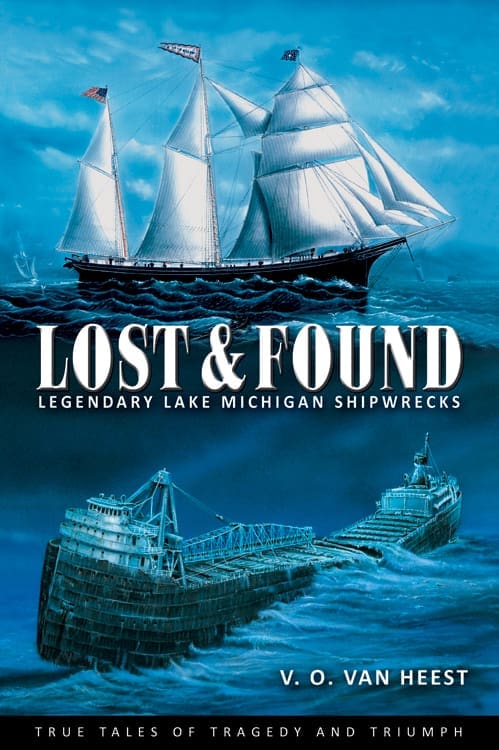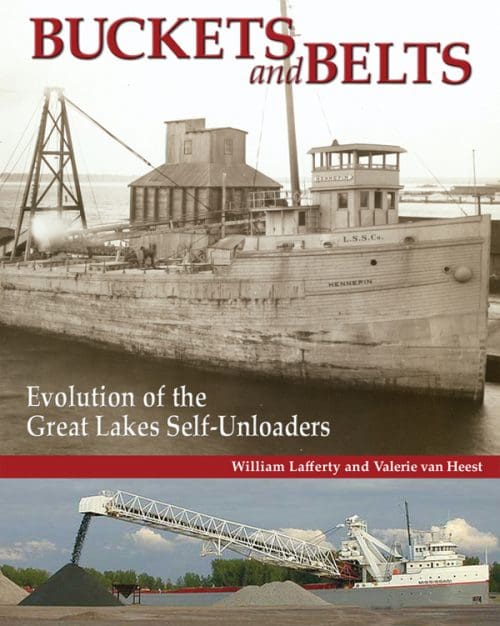Shipwrecks of Muskegon County Michigan
“We’re always ready for the call, We place our trust in Thee. Through surf and storm and howling gale, High shall our purpose be.”
The words of the United States Coast Guard hymn bring to mind the dedication of those who always have been prepared to risk their own lives to save those whose lives are in peril on the Great Lakes. Whether the U.S. Life Saving Service, the U.S. Coast Guard or, at times, Keepers of the U.S. Lighthouse Service, mariners on the Great Lakes knew there were good men and women dedicated to coming to their assistance in times of emergency.
As Michigan’s premiere lumbering port during the 19th century, Muskegon served as the eastern terminus for a huge fleet of scows, schooners, side-wheelers, steamers, and propellers for the past 180 years. From humble beginning in the 1830s until the lumber trade was replaced by stone, aggregate, and other commodities in the early 20th century, the ports of Muskegon and White Lake—and to a lesser extent Duck Lake and Mona Lake—saw dozens of vessel arriving and departing daily. And often, those departing never arrived at their destinations; and those expected never made port. Fierce Lake Michigan gales, sudden snow squalls, waterspouts, and even a rarely recorded Lake Michigan tidal wave, or seiche, capsized vessels, stranded them on shore, froze their rigging, tore their sails, and tossed their crews into the icy cold water.
Small schooners carrying lumber eventually gave way to huge car ferries transporting railroad cars full of packaged goods across the lake to points west, as well as luxurious passengers steamers bearing businessmen and families to and from Chicago, Milwaukee, and other Great Lakes port cities. While vessel capacity and comfort were increased, the size of the losses were as well. Many of these vessels sank in deep water while others washed ashore to be broken up by wind, waves, and ice. Some exploded or burned at the dock while others simply rotted away after plying the lakes for decades. Modern man may catch glimpses of these historic vessels as shifting sands uncover and recover beach wrecks or the bones of abandoned schooners in shallow waters. Scuba divers visit other wrecks—many in surprisingly good condition—while the search continues for dozens of others still hidden under fathoms of cold, dark water.





